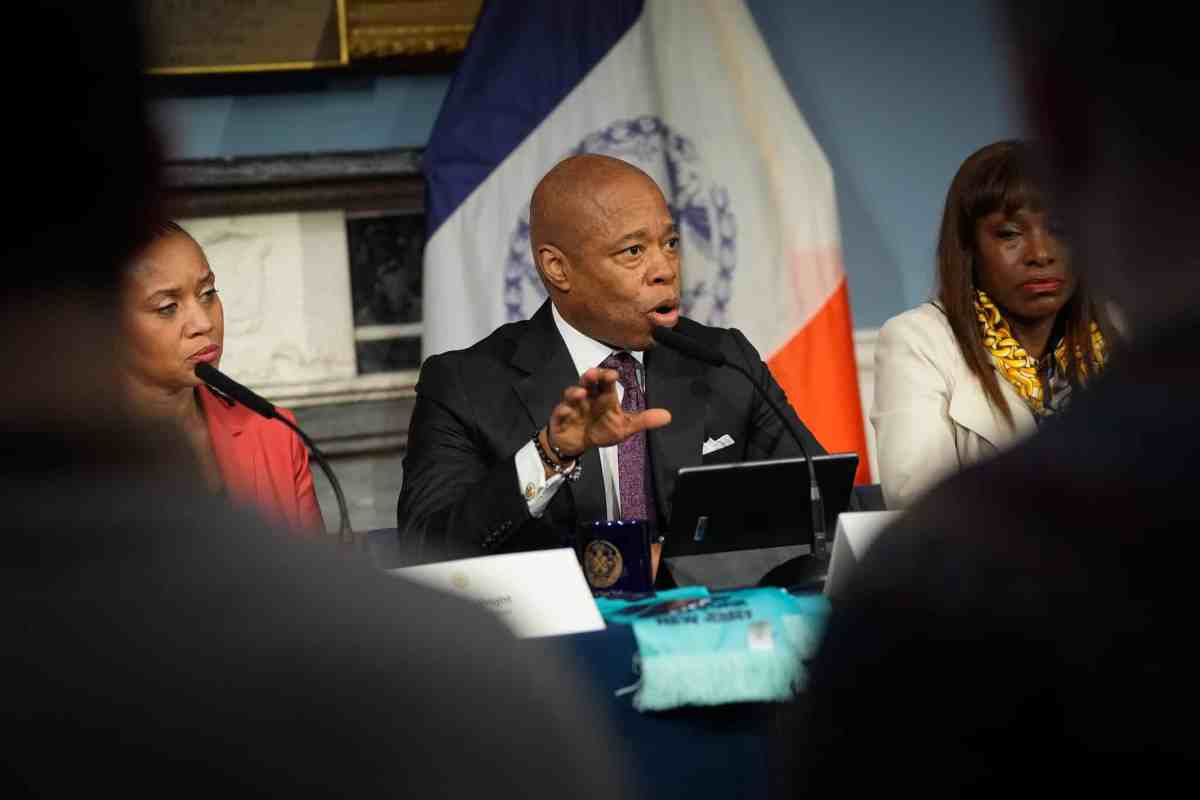By Sean Crowley
It is no secret that economically there are numerous neighborhoods across Queens that are struggling.
While some areas have bounced back following the depths of the Great Recession, many have found themselves economically stagnant or worse off than they were even two decades ago, with the costs of everything from housing to health care to food rising, while wages and new business development have tried to keep up.
As part of the “Tax and Job Acts of 2017,” Congress created the Opportunity Zone program, aimed at encouraging private investment in low-income communities. Here in Queens, 63 different census tracts throughout the borough — including large areas of Jamaica, St. Albans, the Rockaways, parts of Sunnyside and southeast Long Island City, as well as others — have been designated by Gov. Andrew Cuomo as eligible.
The federal OZ program takes aim squarely at specific communities and provides incentives for those willing to invest robustly in return for no tax being levied on their long-term capital gains. Cuomo has suggested more than 300 census tracts in the city and 514 statewide to the U.S. Department of the Treasury as OZs.
Although the guidelines have yet to be promulgated by the Treasury Department, it is expected the program funding model will enable a broad array of investors to pool their resources in designated OZs, increasing the scale of investments going to underserved areas.
The Treasury describes an OZ as a low-income census tract with an individual poverty rate of at least 20 percent and median family income no greater than 80 percent of the area median.
There are three tax incentives for investing in these designated OZ communities, but it must be done through a qualified Opportunity Fund. All involve the tax treatment of capital gains and all are tied to the longevity of the investment, with the most upside going to those who hold their investment for 10 years or longer.
This incentivizes investors and entrepreneurs to make real, sustainable commitments to communities rather than some quick “hit-and-run” investment designed to produce short-term gain without benefiting those it is meant to empower. The OZ funds bring capital to underserved communities on a continuing basis, designed to produce lasting value.
One tax upside of OZ Funds is an option of temporary deferral on including taxable income for capital gains that are reinvested. Alternatively, there’s a step-up in basis for capital gains that are reinvested in an Opportunity Fund; the basis is increased by 10 percent if the investment is held by the taxpayer for at least five years and by an additional five percent if it’s held for at least seven years.
Finally, there is a permanent exclusion from taxable income of capital gains earned from the sale or exchange of an investment in an Opportunity Fund, if the investment is held for at least 10 years. This only applies to gains accrued after an investment in an Opportunity Fund.
While few are yet tapping into this very new program, expect it to become more popular as more people find out about it. In Queens, neighborhoods like Long Island City are ideal for investors ready to move quickly. The OZ program has the capacity to open doors to new industries locating and growing in neighborhoods that made the cut.
U.S. households held some $3.8 trillion in unrealized capital gains at the end of 2017, and corporations held $2.3 trillion. That is a staggering amount of potential capital sitting on the sidelines that could be used as a down payment on future prosperity for millions of Americans.
Sean Crowley
Davidoff Hutcher & Citron
Manhattan

































